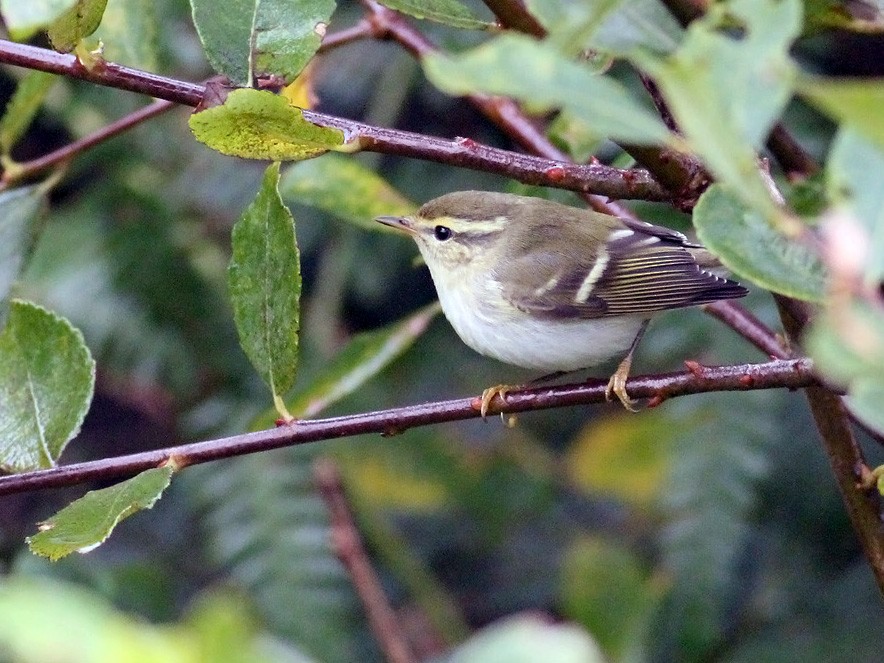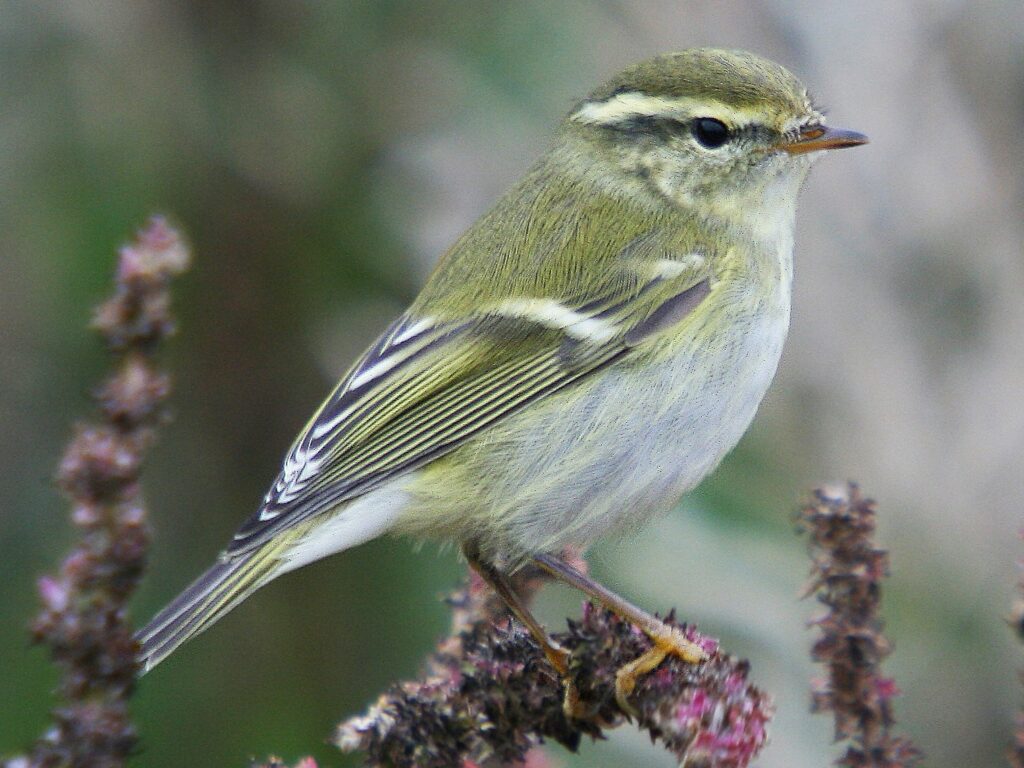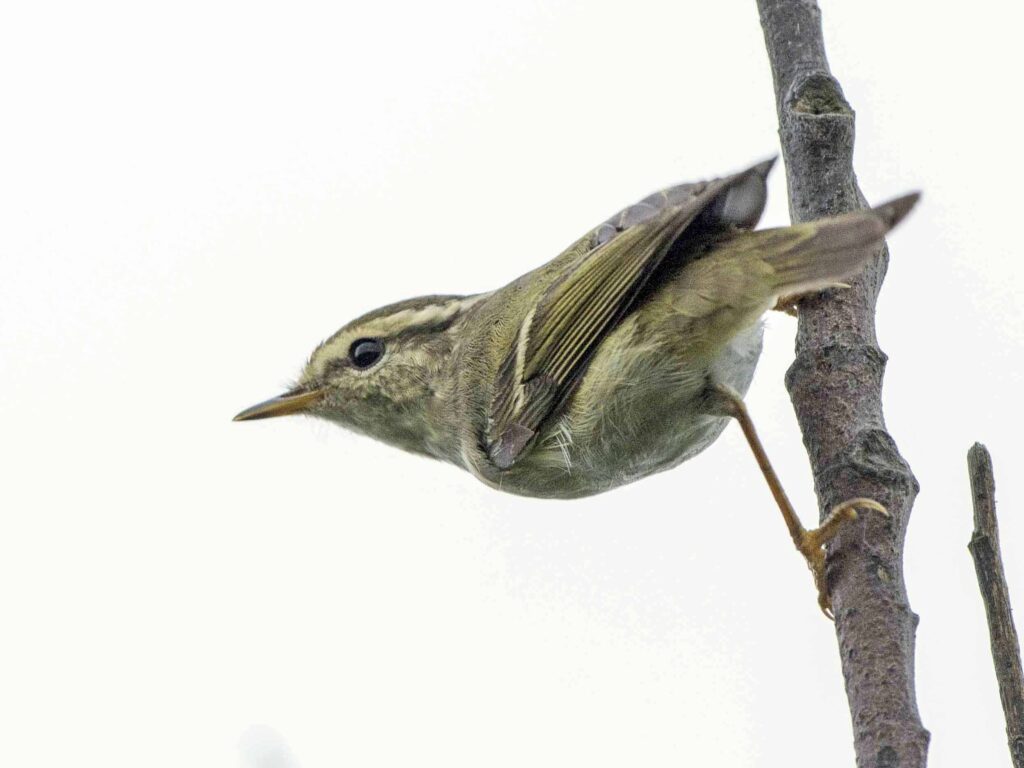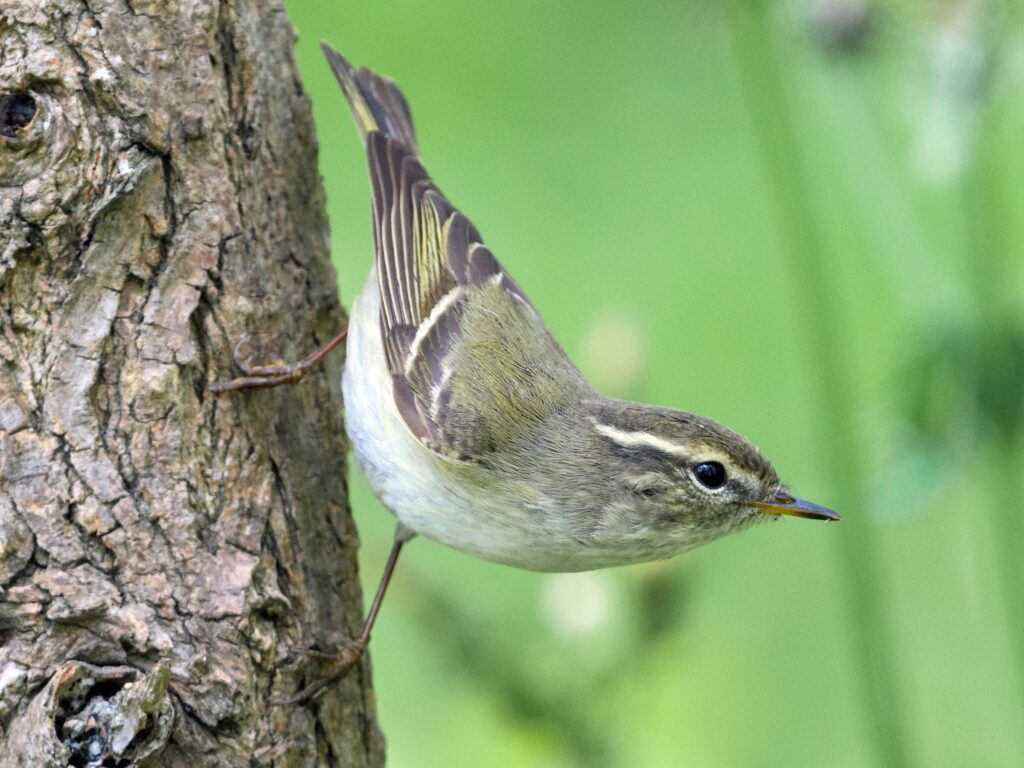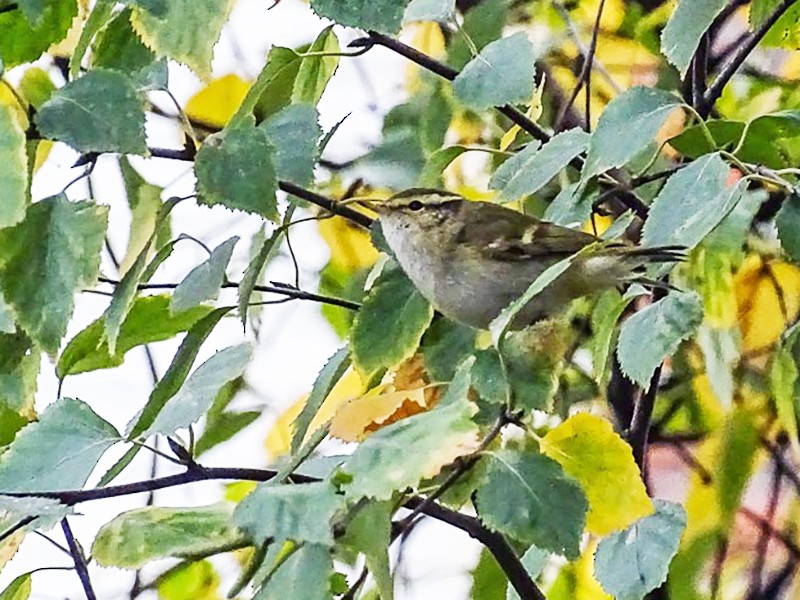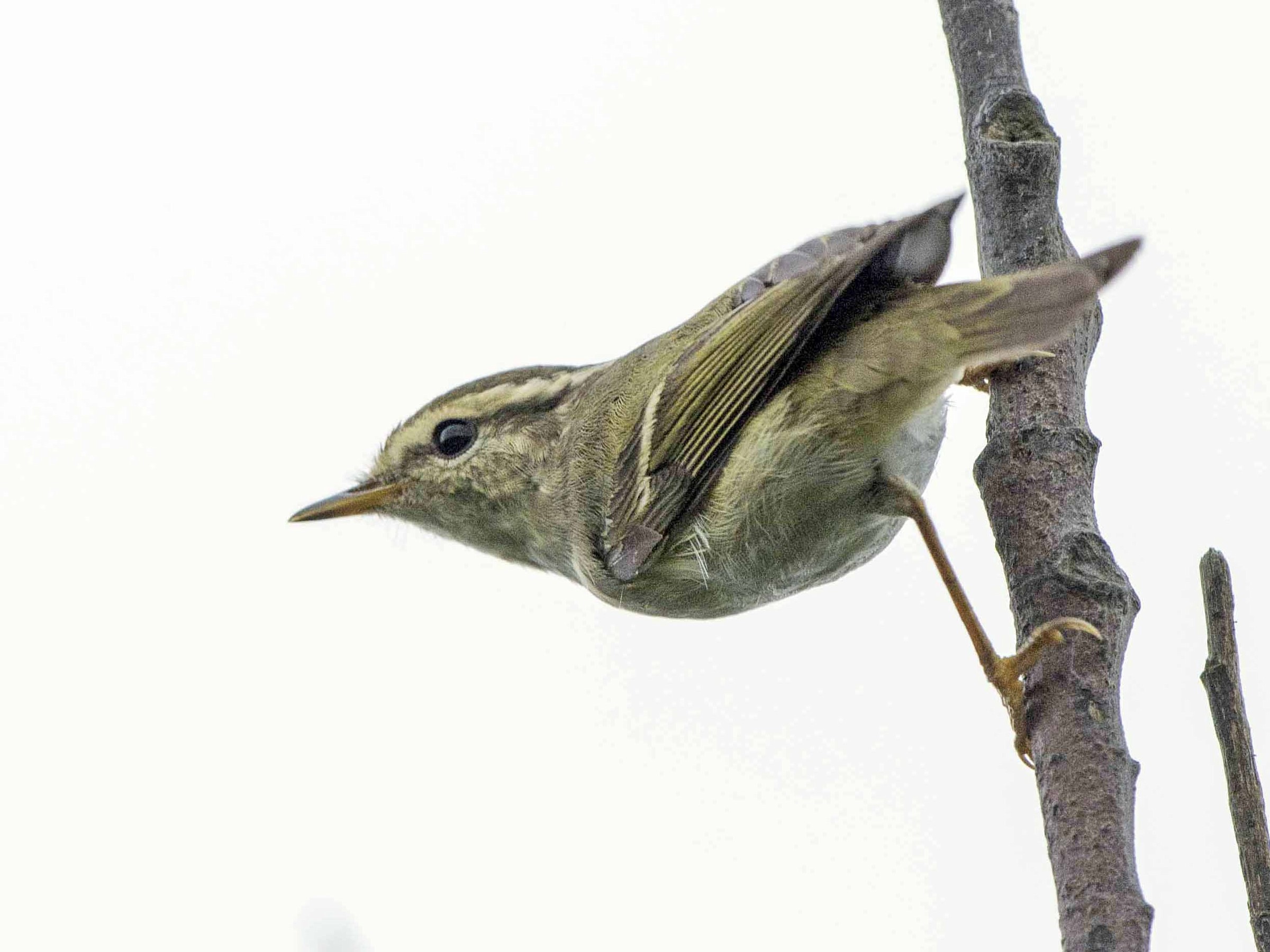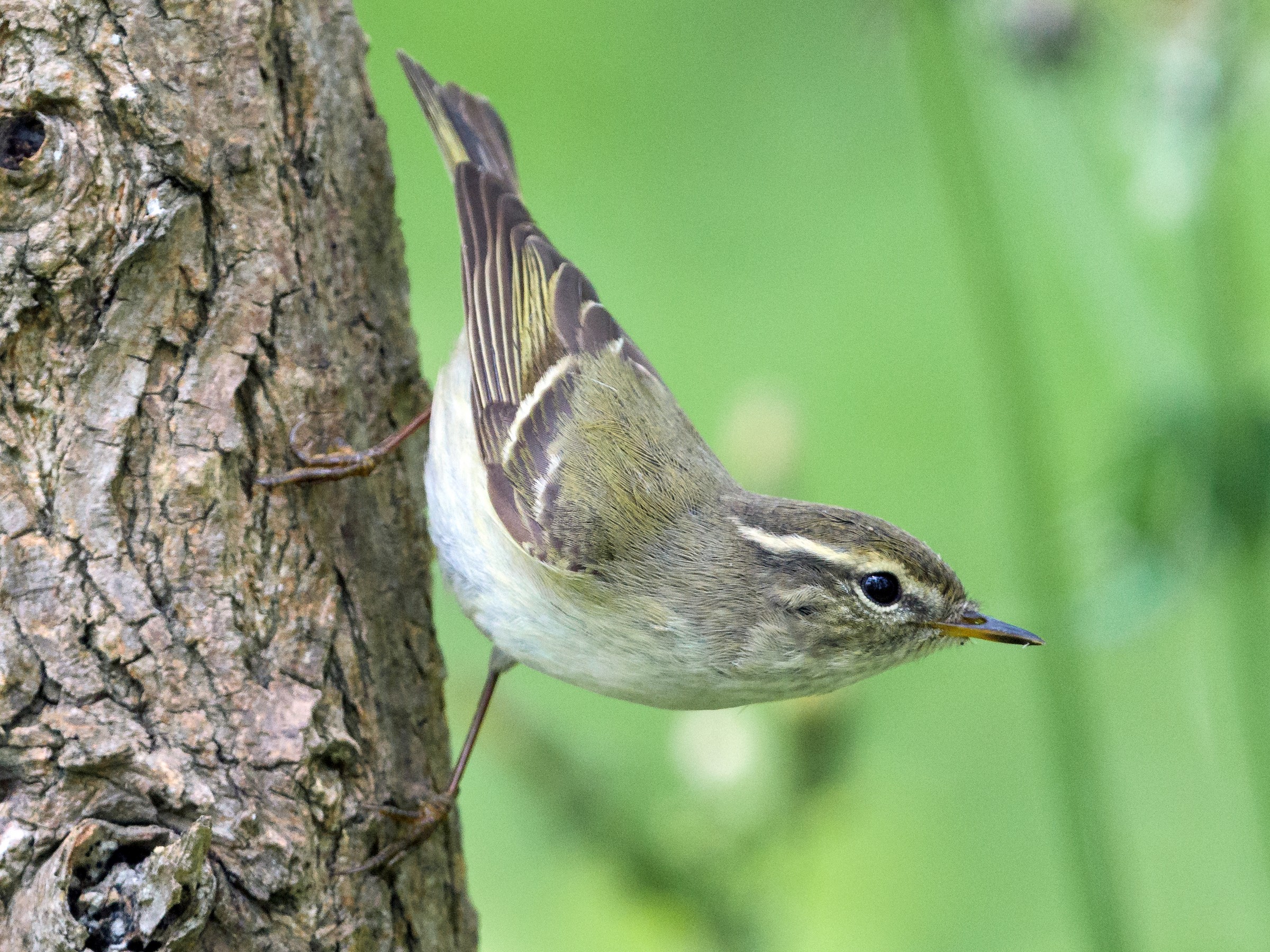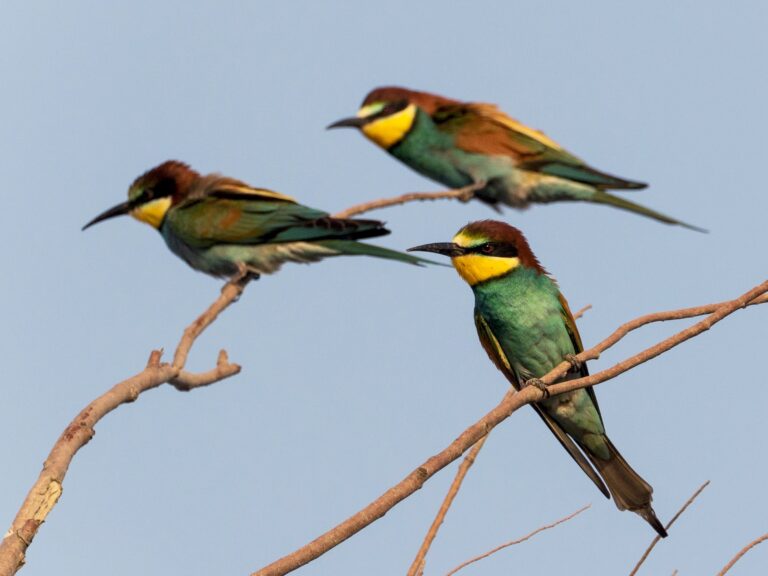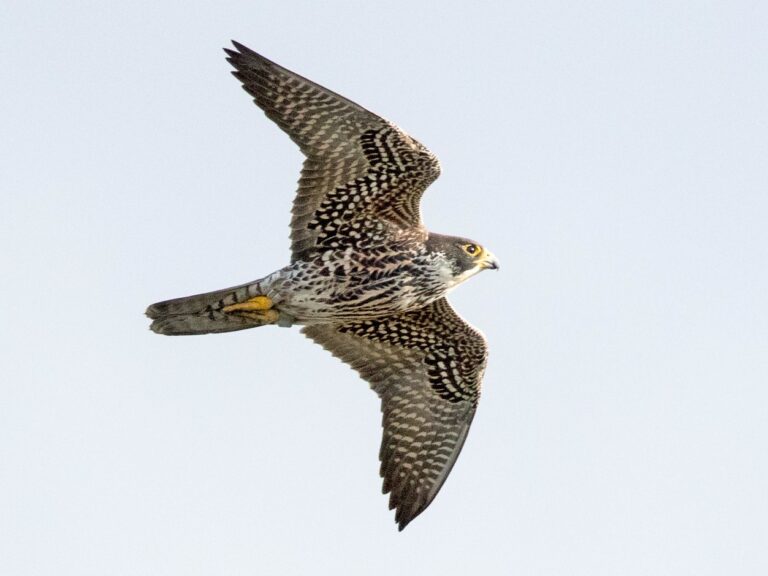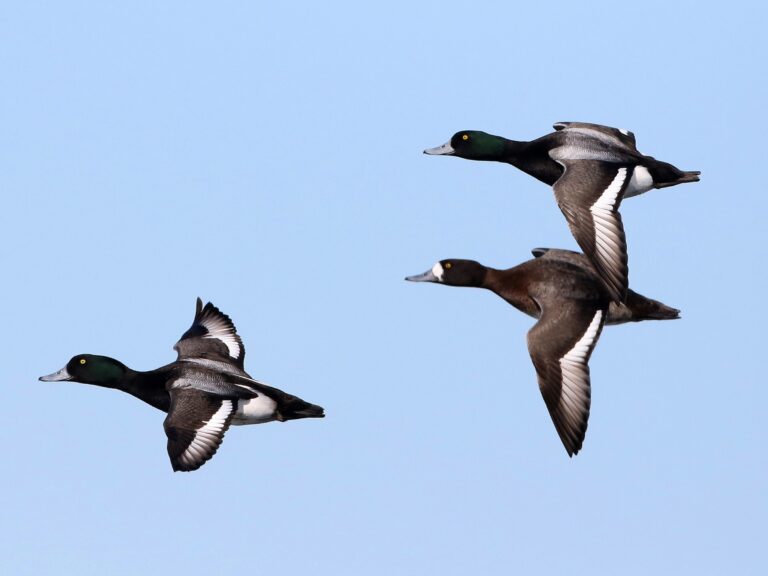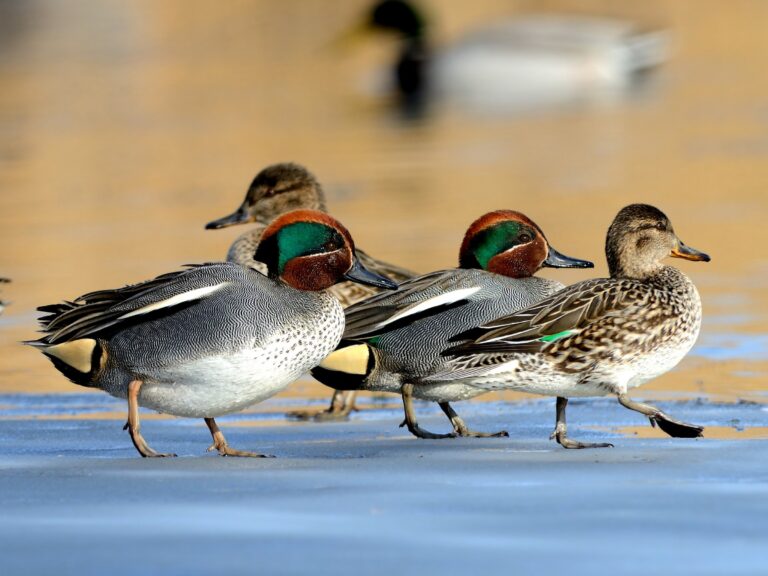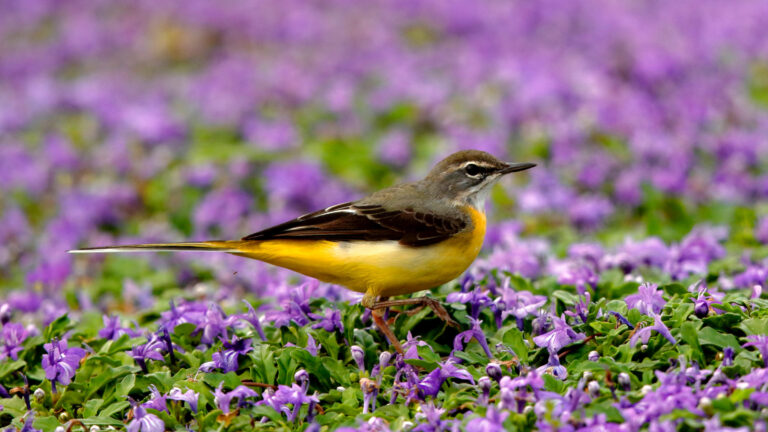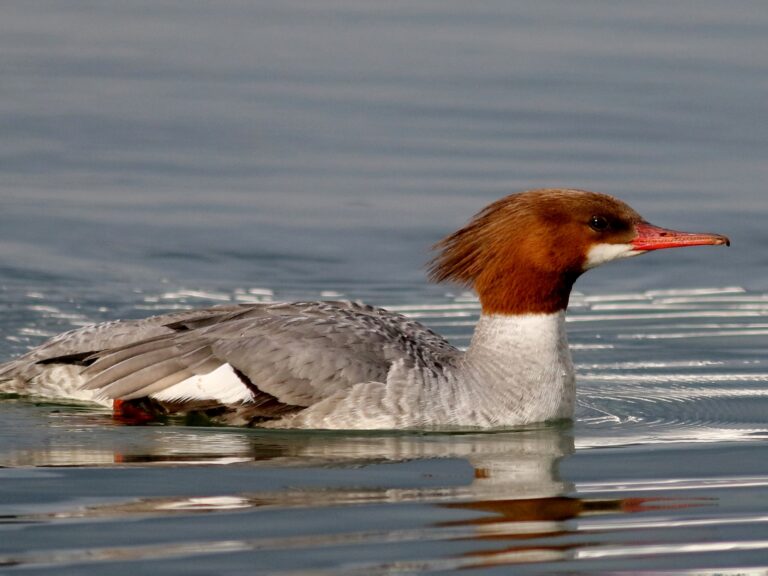Yellow-browed Warbler: The Migratory Marvel Captivating Birdwatchers Worldwide
The Yellow-browed Warbler is a small bird known for its distinctive appearance and beautiful songs. This species stands out not only because of its striking yellow eyebrows but also due to its intriguing migratory behavior. Birdwatchers find this warbler fascinating due to its recent changes in migration patterns, which could hold clues about environmental shifts.
Typically found in wooded areas, the Yellow-browed Warbler prefers habitats that provide ample cover and food sources. Its range has been expanding, leading to sightings beyond its historical migratory routes. This adaptability raises questions about the impact of climate change on migratory birds and their behaviors.
In addition to its visual charm, the Yellow-browed Warbler is known for its delightful vocalizations. Its calls can be heard during migration seasons, adding a melodic touch to the environment. For those interested in observing this unique bird, knowing when and where to look can greatly enhance the experience.
Key Takeaways
- The Yellow-browed Warbler is known for its striking yellow eyebrows and beautiful songs.
- Its migration patterns have changed, highlighting potential environmental impacts.
- Observing its behavior and unique vocalizations can enrich the birdwatching experience.
Species Overview
The Yellow-browed Warbler is a small passerine bird known for its distinctive characteristics and vocalizations. This species, scientifically named Phylloscopus inornatus, belongs to the family Phylloscopidae. Understanding its taxonomy and physical characteristics provides insight into its behavior and habitat.
Taxonomy
The Yellow-browed Warbler is classified under the genus Phylloscopus. It is part of the Phylloscopidae family, which includes several other warblers. This bird is closely related to species like the Common Chiffchaff (Phylloscopus collybita).
Taxonomically, the Yellow-browed Warbler has been the subject of studies that categorize its various forms based on geographical distribution. Some experts have suggested the possibility of distinct sub-species, especially in regions like Siberia and India. Observations and specimen analyses help clarify its classification within the avian community.
Physical Characteristics
The Yellow-browed Warbler is easily recognized by its unique features. It has a prominent yellow supercilium (eyebrow) that sets it apart from similar species. The upper parts are olive-green, while the underparts are pale yellow.
Adult birds typically measure about 11–12 cm in length and exhibit a wingspan of 18–20 cm. They have a slender body, short tail, and pointed wings. The vocalizations of this species are also noteworthy, consisting of a series of melodic, high-pitched notes often described as a “weep” or “chips.” These calls are essential for communication during the breeding season and help establish territory.
The combination of physical attributes and vocalizations makes the Yellow-browed Warbler an interesting subject for birdwatchers and researchers alike.
Habitat and Distribution
The Yellow-browed Warbler is interesting for its varied habitats throughout its life cycle and unique migration patterns. Understanding where this bird breeds and winters is essential for appreciating its ecological role and behavior.
Breeding Habitats
During the breeding season, the Yellow-browed Warbler prefers dense, deciduous forests and shrubby areas. These habitats often contain young trees and regrowth, which provide ample cover and nesting sites.
In places like Shetland, this warbler is often found in birch and willow trees, where it builds its cup-shaped nests. This bird is also known for its beautiful, complex vocalizations, which include a series of clear, high-pitched notes. These calls help establish territory and attract mates.
Breeding sites are crucial, as they influence reproductive success. The availability of food, such as insects and berries, also plays a key role in their choice of location.
Wintering Grounds
In winter, the Yellow-browed Warbler migrates to warmer regions, including parts of Southeast Asia. These wintering grounds typically consist of subtropical forests where the bird can find food and shelter.
During this time, they adapt their diet to include insects and fruit. They often forage in treetops, searching for insects in leaves and bark.
While overwintering, these warblers continue to communicate through their vocalizations, though they are often less active than during breeding. This adaptability to different environments is vital for their survival as wintering birds.
Behavior and Ecology
The Yellow-browed Warbler displays unique behaviors that contribute to its survival and reproductive success. Its feeding habits reflect adaptation to its environment, while its reproductive strategies enhance mating opportunities.
Feeding Habits
The Yellow-browed Warbler primarily feeds on insects, especially during the breeding season. It forages in trees and shrubs, searching for small insects like aphids and caterpillars. This bird often gleans from leaves, using its sharp vision to spot prey.
In autumn, the warbler also consumes berries and seeds to build energy reserves for migration. Common food sources may include seeds from plants like Birch and Dogwood. The warbler has been observed feeding alongside other birds, such as the Siskin and Redpoll, to locate food more efficiently.
Reproductive Behavior
During the breeding season, the Yellow-browed Warbler exhibits complex vocalizations. Males sing to establish territory and attract females. Their song is a distinctive series of high-pitched notes, often described as sounding like “wee-wee-wee.” This vocal performance is crucial for mate selection.
Nests are usually built in dense foliage, offering protection for the eggs. The female typically lays around four to five eggs, which she incubates alone. After hatching, both parents are involved in feeding the chicks. This cooperative breeding strategy increases the survival chances of the young warblers. The species also faces challenges during migration, particularly from brood parasites like the Song Thrush, which may affect their reproductive success.
Threats and Conservation
The Yellow-browed Warbler faces several threats that impact its survival. Habitat loss due to urbanization and agricultural expansion significantly reduces its breeding and feeding areas. Additionally, climate change alters migration patterns and availability of food sources.
Predation is another concern, especially from birds such as the Sparrowhawk and Blackbird. These species can disrupt the population of the Yellow-browed Warbler by preying on them during their vulnerable breeding season.
Vocalizations of the Yellow-browed Warbler are distinctive and important for communication. They sing a series of high-pitched notes that help attract mates and defend territories. These calls are vital for their social interactions.
Conservation efforts are essential to protect this species. Habitat restoration is critical to ensure that Yellow-browed Warblers have the environments they need to thrive. Protecting their migratory routes and ensuring suitable stopover sites is equally important to keep their populations stable.
Research and monitoring are key to understanding the full impact of threats on the Yellow-browed Warbler. Engaging local communities in conservation initiatives can foster support for habitats that benefit both the warblers and other wildlife in the area.
Observation and Birding Tips
Birders looking to observe the Yellow-browed Warbler will benefit from understanding its unique characteristics and the best times and places for sightings. This small bird, often mistaken for the Goldcrest, presents specific traits that can aid in identification during birding outings.
Identifying Features
The Yellow-browed Warbler measures about 10-12 cm in length. Its most notable feature is the double yellow wingbars that stand out against olive-green plumage. The bird’s face shows a distinctive supercilial line that is bright yellow, adding to its identifiable look.
When spotting one, birders should listen for its call, which is a rapid, high-pitched “hwee-hwee.” This vocalization can help locate the warbler among dense foliage. Observing the bird during its feeding habits is also helpful; it often flits through trees, searching for insects and berries. A keen eye for movement and color contrast will aid in successful identification amidst branches.
Best Times and Locations for Birding
The best times to observe the Yellow-browed Warbler are during migration seasons, particularly in autumn and spring. These birds travel in small flocks and are more active during early mornings and late afternoons.
Ideal birding locations include forests, parks, and coastal areas where they find food and shelter. Birders have reported success in areas with dense shrubs alongside water bodies, as these habitats attract various insects that the warbler feeds on. For a greater chance of observing the Yellow-browed Warbler, visiting during migration at places like estuaries can increase sightings significantly.
Frequently Asked Questions
The Yellow-browed Warbler has distinctive characteristics that set it apart from other warblers. Its call, appearance, and migration habits are key points of interest for bird watchers and researchers alike. Below are answers to common questions about this species.
How can you distinguish the call of a Yellow-browed Warbler from other warblers?
The call of the Yellow-browed Warbler is unique and can be recognized by its high-pitched, thin notes. It typically sounds like “wee-wee” or “ti-ti.” This vocalization is a great way to identify the bird in the field, especially when it is mixed with other warblers.
What are the identifying features of a female Yellow-browed Warbler?
Female Yellow-browed Warblers exhibit several identifying features. They have a yellowish belly, olive-green upper parts, and distinct yellow supercilium above the eye. Their facial markings include darker streaks on the head, making them appear demure yet identifiable.
How can you tell Yellow-browed Warbler and Hume’s Warbler apart?
To differentiate between the Yellow-browed Warbler and Hume’s Warbler, one can focus on their plumage. The Yellow-browed Warbler has a more pronounced yellow eyebrow and a lighter overall appearance. Additionally, Hume’s Warbler typically has a more olive-colored back and less distinct facial markings.
During what time of year does Yellow-browed Warbler migration typically occur?
Migration patterns for the Yellow-browed Warbler usually take place in spring and autumn. They often migrate through Asia and parts of Europe, with most sightings occurring between late September and early November for autumn migration.
What are the key factors that contribute to the rarity of the Yellow-browed Warbler?
The rarity of the Yellow-browed Warbler can be attributed to several factors. These include habitat loss, changing climate conditions, and limited geographic range. Their migratory routes also face challenges that affect their populations.
What are the visual differences between a Yellow-browed Warbler and an American Yellow Warbler?
In terms of appearance, the Yellow-browed Warbler is smaller than the American Yellow Warbler. The former has a more subdued color palette with greenish and yellow tones, while the American Yellow Warbler is brighter and features striking yellow underparts and streaks on its breast.
